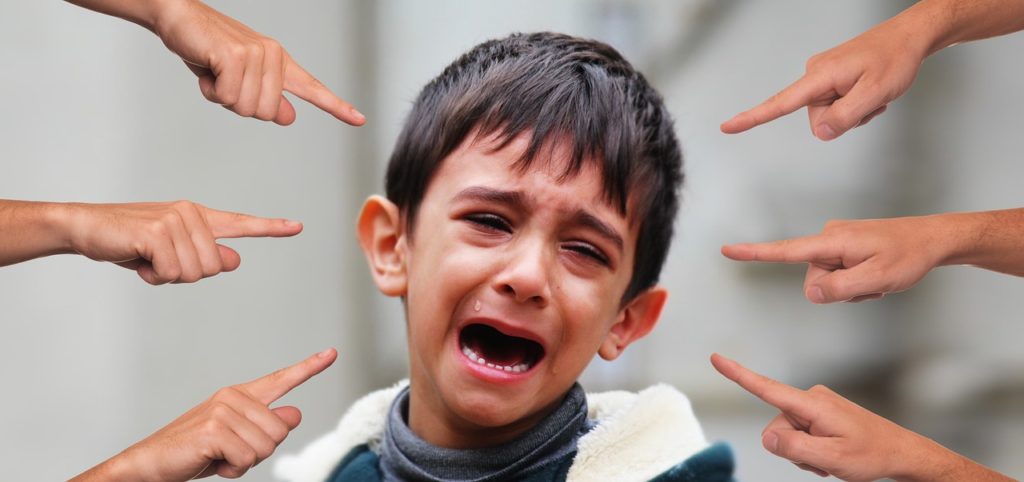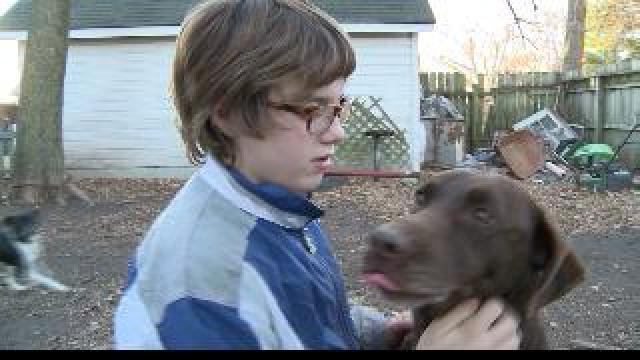
A research team from the URV’s Nutrition and Mental Health group has studied the prevalence of autism and attention deficit hyperactivity disorder (ADHD) in schoolchildren in the Tarragona region. The research, which also determined how these disorders affect children’s social relationships, collected data on 7,000 pupils, of whom 700 were studied in detail. The results determined that 1.5% of the children had autism, while 5% were diagnosed with ADHD.
In the first part of the study, they screened more than 7,000 children in two age groups, namely pupils in the fourth year of Infant Education and pupils in the fifth year of Primary Education (PE), from a representative sample of the whole province. Employing tests answered by teachers and families, they identified those cases with signs of presenting either of the two disorders. From the screening, a sample of 700 children, including a control group, was selected to evaluate the correct functioning of the methodology.
After conducting interviews with the children and their families and studying all the cases individually, the researchers determined that, of the children in the sample, 1.5% had autism and 5% had ADHD. “We also assessed other children with difficulties but who fell outside the diagnosis because they did not have all the symptoms. If we include them, we can say that 3.5% of children had some symptom of autism”, asserted the researchers.
Another aim of the research was to determine whether and to what extent infants diagnosed with any of these disorders feel socially disadvantaged. The researchers found that 35% of primary school children with ADHD reported experiencing some form of bullying, isolation or social exclusion. “This phenomenon is aggravated in children with combined ADHD, i.e. with all the typical symptoms: attention deficit, hyperactivity and impulsivity,” explained Núria Voltas.
The researchers also found that 58% of autistic children, who are characterised by behavioural problems and difficulties in social interaction and communication, felt displaced and excluded.
The research also revealed that in cases with both disorders, i.e. those with comorbid disorders, there was a stronger feeling of social isolation. These results do not refer to autistic children and ADHD in the fourth year of Infant Education as they are not mature enough to answer the tests on their perception of victimisation by bullying.
“Bullying has long-lasting consequences and increases the feeling of fear towards social relationships; having autism or ADHD and feeling victimised increases emotional problems”, says Fina Canals. When these people grow up and enter adolescence and adulthood, they present “very high rates of mental health disorders” and a “high risk of suicide”. For this reason, the authors of the research call for anti-bullying programmes to include specific measures for at-risk groups.
The research also revealed that in cases with both disorders, i.e. those with comorbid disorders, there was a stronger feeling of social isolation. These results do not refer to children with autism and ADHD in the fourth year of Infant Education as they are not mature enough to answer the tests on their perception of victimisation by bullying.
The research also revealed that in cases with both disorders, i.e. those with comorbid disorders, there was a stronger feeling of social isolation. These results do not refer to autistic children and ADHD in the fourth year of Infant Education as they are not mature enough to answer the tests on their perception of victimisation by bullying.
“Bullying has long-lasting consequences and increases the feeling of fear towards social relationships; having autism or ADHD and feeling victimised increases emotional problems”, says Fina Canals. When these people grow up and enter adolescence and adulthood, they present “very high rates of mental health disorders” and a “high risk of suicide”. For this reason, the authors of the research call for anti-bullying programmes to include specific measures for at-risk groups.
The research also revealed that in cases with both disorders, i.e. those with comorbid disorders, there was a stronger feeling of social isolation. These results do not refer to autistic children and ADHD in the fourth year of Infant Education as they are not mature enough to answer the tests on their perception of victimisation by bullying.



